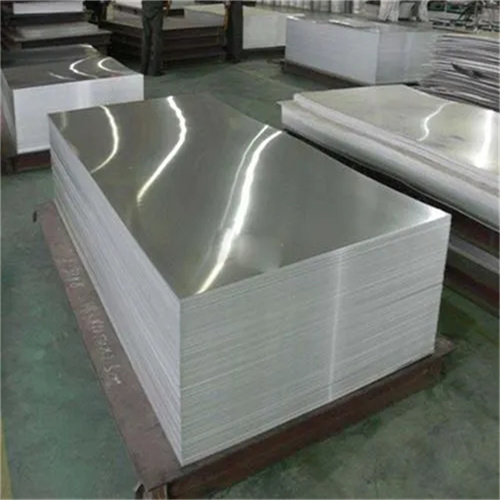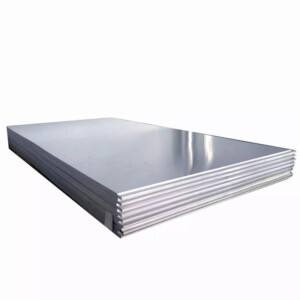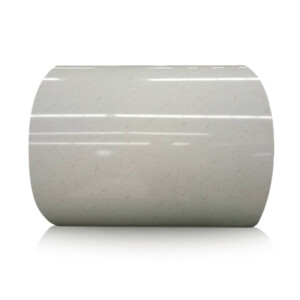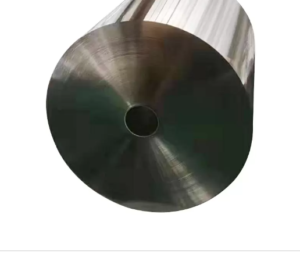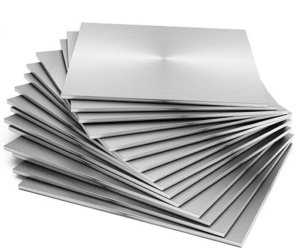New areas for the use of aluminum plates. In emerging application areas, aluminum consumption should be gradually promoted through concept transformation, technology maturity, policy guidance and support. It is understood that the key areas for expanding aluminum applications include: transportation, building structures and electricity. In addition, it also includes aluminum alloy pallets, aluminum alloy flood control facilities, aluminum alloy bridges, aluminum foil packaging and other products and fields.



